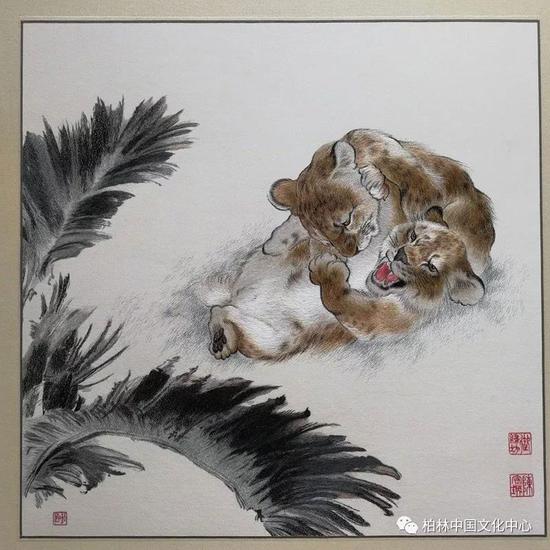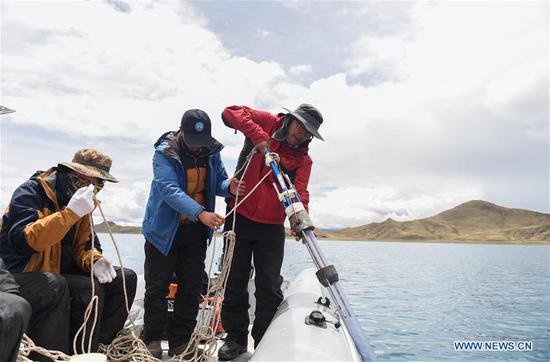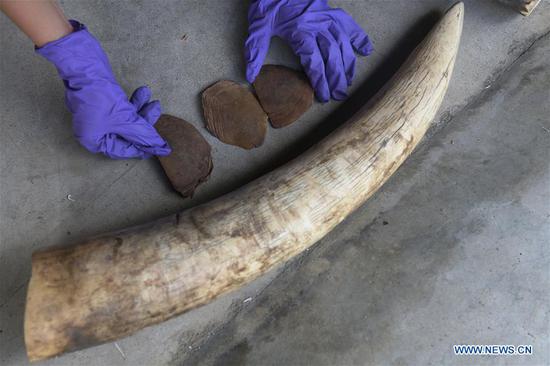
91dc9232-1bf1-4c17-a7e1-f93c78b84b7d
Endangered animals benefit from Chinese tech
China is using cutting-edge technologies including Artificial Intelligence (AI) and big data to monitor endangered Amur tigers and leopards, experts said at the International Forum on Tiger and Leopard Transboundary Conservation in Harbin, Northeast China's Heilongjiang Province on Sunday.
"Infrared cameras, AI and big data have helped us improve the establishment of a database of Amur tigers and leopards," Jiang Guangshun, a deputy director of the Natural Forestry and Grassland Administration (NFGA), said at the forum.
"For example, the infrared camera can detect the tiger, and then AI will help analyze the tiger species, the weight and height, which will be marked in the database."
Jiang noted the number of Amur tigers and leopards is increasing under the protection of China.
Their team has successfully monitored tigers through more than 4,000 infrared camera video clips and leopards in more than 600 clips, covering 12,000 kilometers of tiger and leopard habitats in China's Heilongjiang and Jilin provinces.
According to Jiang, the number of tigers living in China is higher than in Russia in the 1950s, but the density of large prey is not high for the tigers and leopards.
By comparing the data of tigers and leopards of China and Russia from 2013 to 2015, they found that the populations of 17 tigers and 42 leopards are not separate tallies, but a shared total of both China and Russia.
"China distributes four of six extant tiger subspecies and four of nine extant leopard subspecies in the world, which requires China to establish a massive Pilot Tiger-Leopard Protected Area," said Feng Limin, deputy director of the NFGA Amur Tiger and Amur Leopard Monitoring and Research Center.
China is the only country in the world that can send real-time information of the endangered animals in a large-scale field to the research institute, Feng told the Global Times.
He said that China will think about using 5G to deliver the information within a fast time if the capacity keeps expanding for animal information.
"I'm very pleased to see that the Chinese government used so many technologies in endangered animal protection and I hope the technology can play a very useful role in building natural and animal reservations," Stuart Chapman, the project leader of Tiger Alive Initiative of the World Wildlife Fund, told the Global Times.
"The protection of tigers and leopards in the world has achieved remarkable results through the joint efforts of all parties, but we still face prominent problems including insufficient and dispersive habitat area and tiger and leopards having not completely been rid of their endangered status," Zhang Jianlong, the director of NFGA, said at the forum.
China and Russia signed the Joint Statement on Developing Comprehensive Partnership and Strategic Interaction Entering a New Era June 5, stating that they will deepen cooperation and protection of endangered wild animals including the Amur tigers and leopards and their natural reservations, and jointly monitoring the animals, making sure that the endangered animals in Northeast China can freely migrate across the Sino-Russian border.


















































